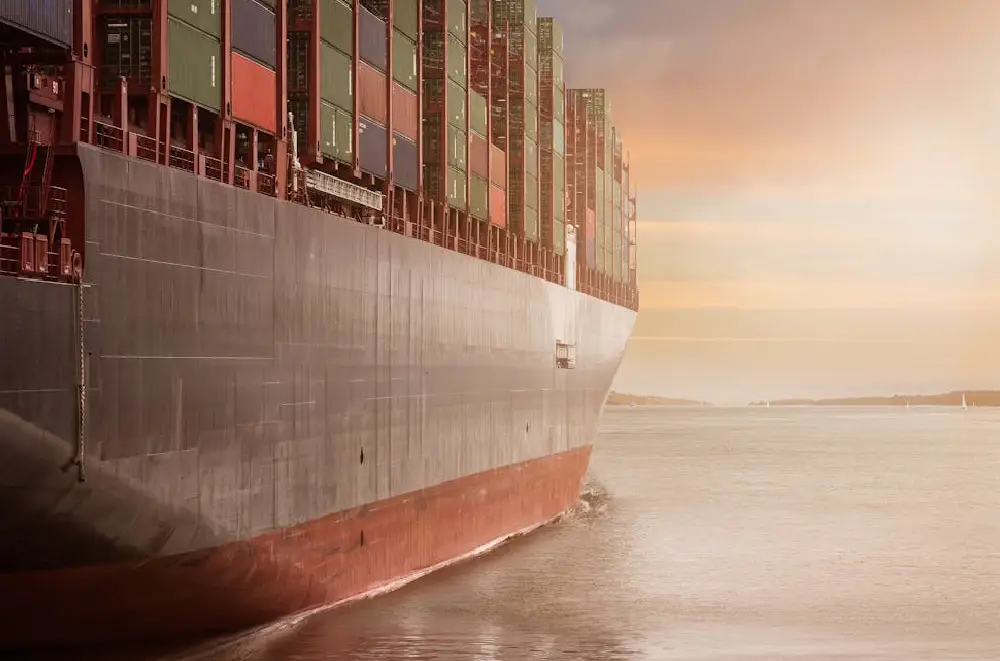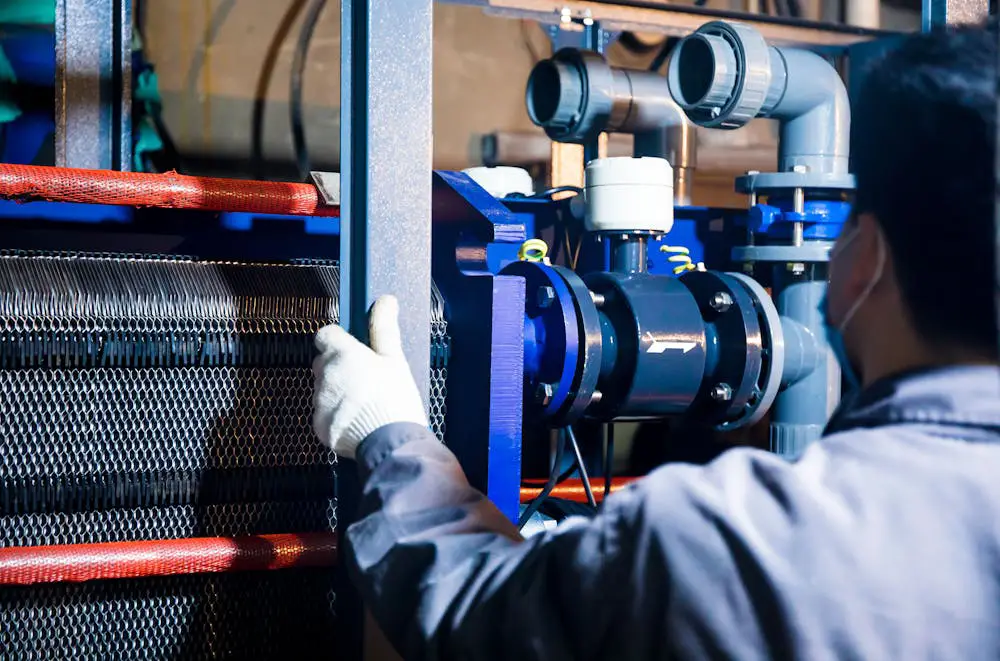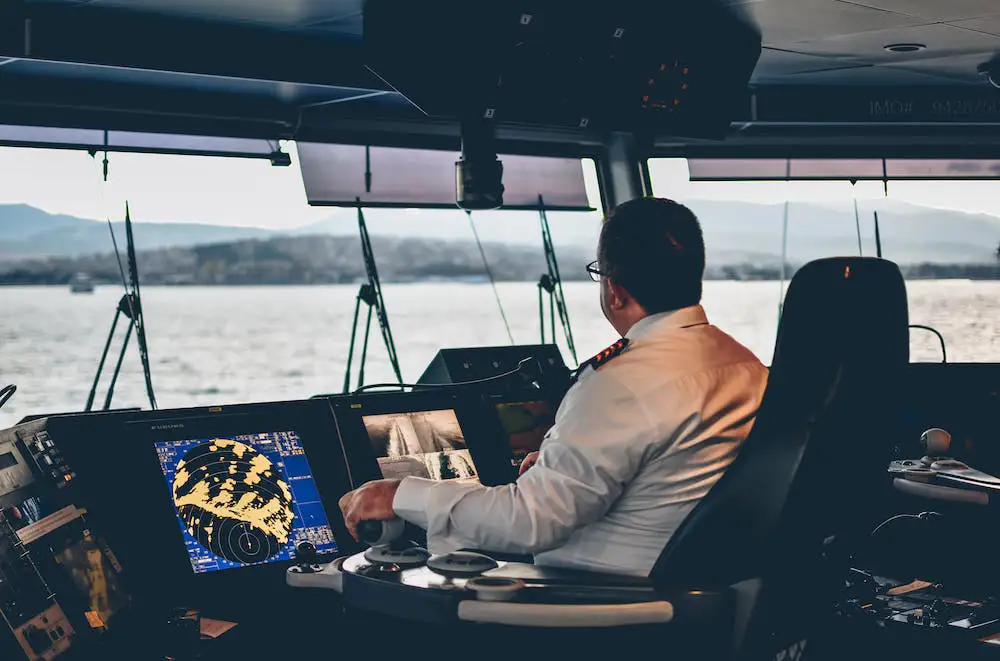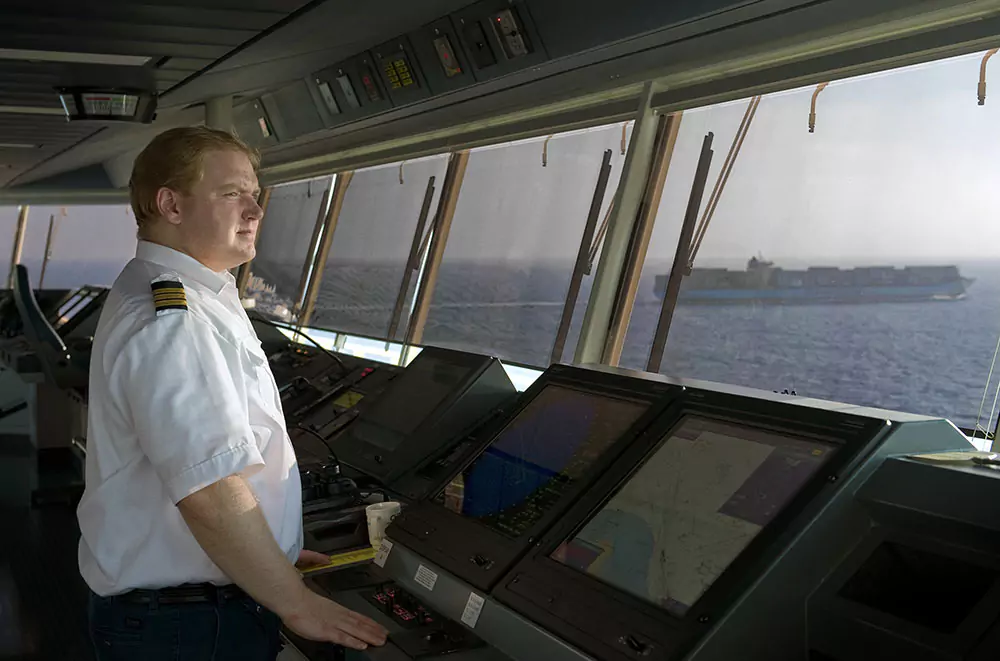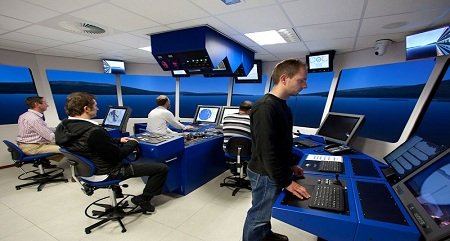The shipping sector is one of the key foundations of Australian economy. It plays a vital role in transporting goods, petroleum and other materials to and from different regions of the world. Operating the maritime sector requires specialised skills, intensive training and a lot of hard work.
However, the sector is evolving with the advancement and incorporation of AI technologies. The maritime operations in Melbourne has also improved, reduced potential challenges and blunders with the use of Artificial Intelligence.
There is no denying the fact that Artificial intelligence (AI) is rapidly evolving the maritime industry, offering a wide range of benefits for shipping companies in Melbourne, Victoria. Here are some of the key benefits:
1. Enhanced Predictive Maintenance
The new technologies are playing a crucial role in boosting predictive maintenance. You can leverage the following advantages:
Quick detection of issues
AI can analyse sensor data, maintenance logs, and other sources to predict equipment failures before they occur. This supports for preventive maintenance, minimising downtime, saving costs, and boosting safety of chief mates, engineers, officers and the captain.
Optimised maintenance schedules
The technology can optimise maintenance schedules depending on real-time equipment health data, providing essential maintenance at the appropriate intervals while avoiding unnecessary servicing.
2. Avoid Collision
Experts believe that AI systems have the potential to analyse data from cameras and sensors and detect potential collision and risks before time. They can even recommend corrective actions and provide safe and sound maritime experience.
3. Boosts Sustainability
AI can also contribute to sustainable results in maritime operations. The systems optimise routes, predict obstacles and challenges which can help in reducing the consumption of fuel. This can minimise greenhouse gas emissions and protect the environment.
AI-powered systems also monitor and reduce the impact of other complications onboard.
4. Optimisation of Cargo Handling
The cutting-edge artificial technologies can help optimise the cargo handling operations in no time. The systems analyse data on cargo weights, volumes and shipping schedules and suggest the most effective and efficient loading and unloading process. This will minimise turnaround times at ports and boost the overall efficiency.
5. Supports Prompt and Right Decisions
There are various AI-powered tools that can offer real-time insights into currents, weather patterns and other crucial factors. This enables captains to make the right decisions on time and navigate the ship more safely and efficiently.
However, it is important for a marine engineer in Melbourne to keep a check on the engine and other aspects, and provide details to the captain. This will also help make informed decisions.
6. Improved Situational Awareness
Believe it or not! Artificial Intelligence can boost situational awareness for ship operators. AI algorithms offer real-time details on the surroundings of the ship and boost the awareness of on-board team, including a chief mate, captain, first officer, marine engineer, etc.
Make sure you join the best maritime training in Melbourne to improve your skills and learn everything about maritime operations for a better career.
Wrapping up
These are some of the key benefits of incorporating AI or artificial intelligence in the maritime operations. This will help make well-informed decisions, prevent potential risks, saves fuel consumption, optimises and handles cargo materials and much more.

